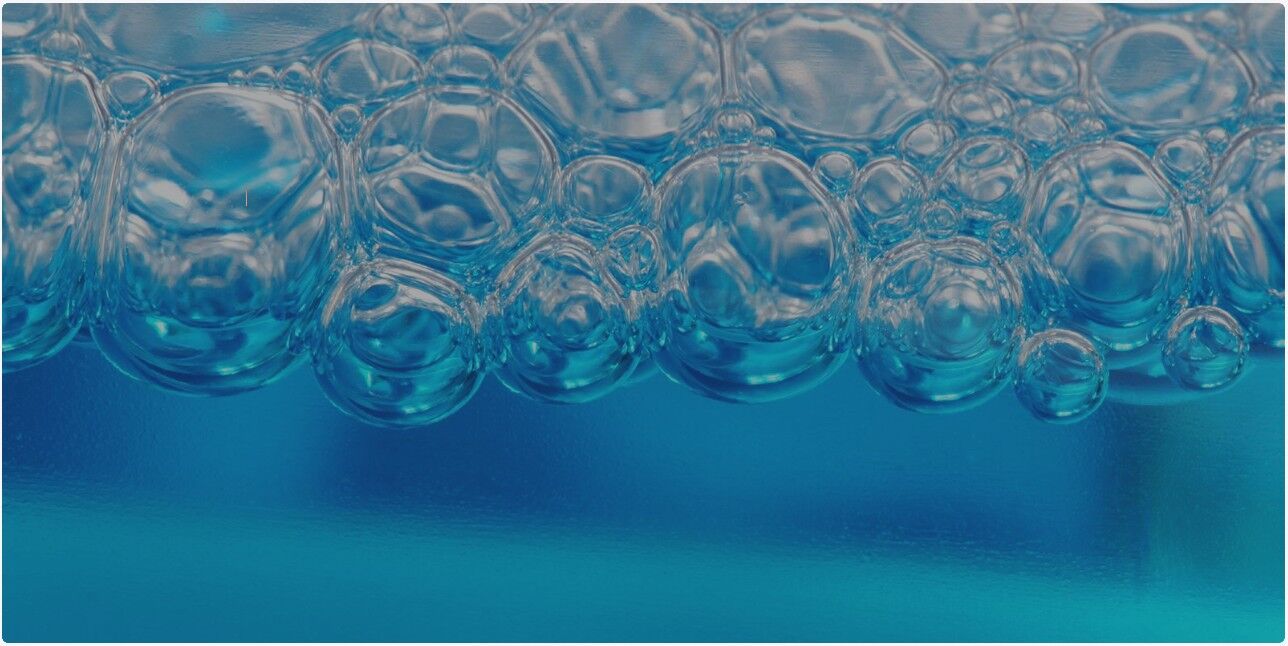Methods of Surface Tension Measurement

Surface tension is defined as the attraction of molecules on a liquid’s surface. This is the tangential force acting at a liquid’s interface with air. The interface boundary is formed by the difference in attractions between liquids and gases. Surface tension is also sometimes called capillary force, surface energy, surface free energy or interfacial tension. Surface tension is measured in units. Water, the basal surface tension measurement, is defined as having a surface tension of 1.0.
The nature of surface tension is created by cohesion, the interaction of like molecules in this environment. Because the surface molecules are at the interface boundary, they act in relation to attraction with like molecules on the surface, not the adjoining gas molecules.
This creates the molecular relationship which typifies surface tension, a physical state which is different from the basic liquid state and the gases external to the liquid. A drop of water is a good example of surface tension in three dimensions, reflecting the drop’s relationship to the surrounding atmosphere. This force is highly cohesive. Even a raindrop, falling through the sky, retains a basic form.
Methods of surface tension measurement
It’s essential to note at this stage that measurement of surface tension is actually a measurement of forces. Surface tension has various properties, and the measurements are actually made of the state of balancing forces between for example water and air, which create the surface tension. The surface tension may be liquid to air, or liquid to solid, liquid to liquid, or in some cases combinations.
Water in a container, for instance, has two forms of surface tension- The surface interacting with air, and the surface interacting with the container. They’re different forces, created by different interactions. This is very important, because measurements relate directly to the behavior and properties of the whole liquid state.
(There’s also a relation between containing or surface interactive solids and the air around them. This is an extension of the surface tension measurement process often significant in chemistry and physics.)
Modern vs traditional methods
Because of the different forms of surface tension, there are several methods of measuring it in terms of data applications.
The traditional measure of surface tension of liquids is the du Noüy ring method, (1925, Pierre Lecomte du Noüy) which is a mechanical process, using a measured force to lift a platinum ring from the surface of a liquid. The force required is the basis for measurement of surface tension of the liquid.
Modern methods of surface tension measurement are digital, like the Goniometer/ tensiometer method, which measures surface contact angle (this defines the exact interface surfaces) and capillary pressure between two static fluids, like water and air. This method measures pressure differences over the two fluids, and relates pressure to the shape of the surface.
Applications
There are many applications of surface tension measurement. Surface interactions are critical in analyzing the behavior of liquids. The relationship between the pressures involved in surface tension measurement is particularly relevant in defining their properties.
Make measuring easy
Measuring surface tension doesn’t have to be complicated. ATA Scientific offers a range of instruments suitable for measuring surface tension, so browse our product range today to find the right instrument for you.




 02 9541 3500
02 9541 3500